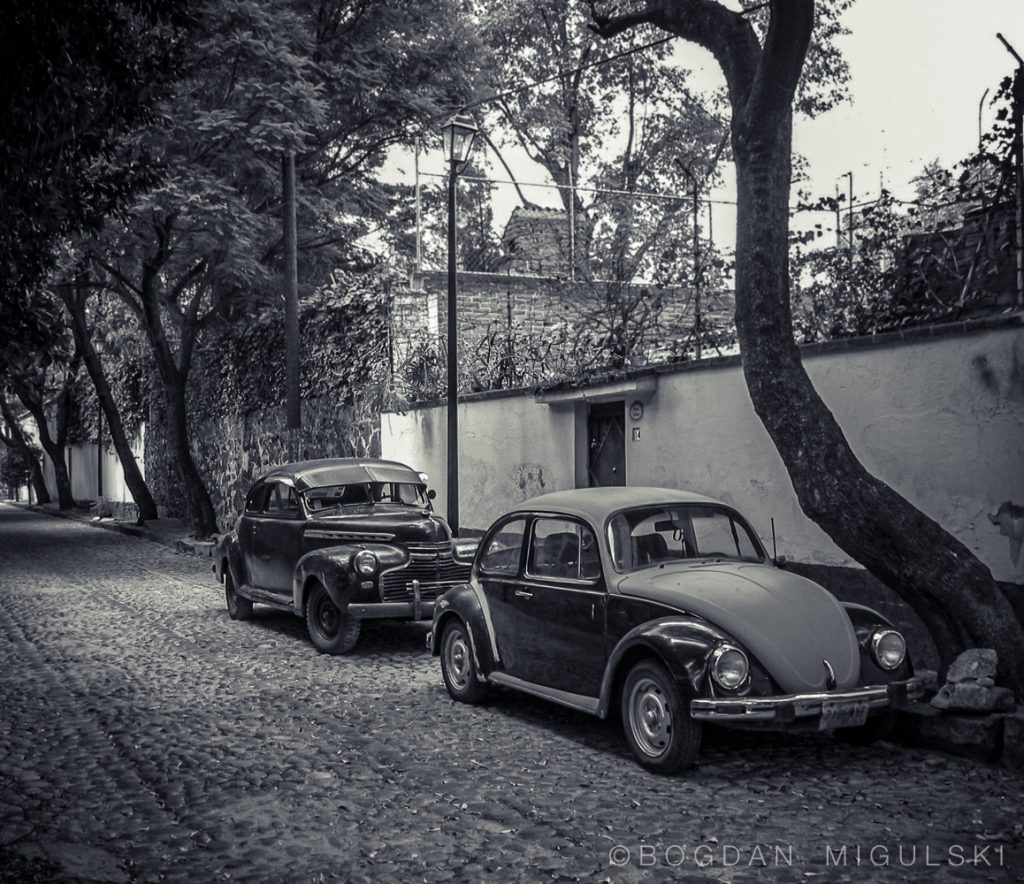
In the late 1970s many arterial roads were redesigned as ejes viales; high-volume one-way roads that cross, in theory, Mexico City proper from side to side. The eje vial network is based on a quasi-Cartesian grid, with the ejes themselves being called Eje 1 Poniente, Eje Central, and Eje 1 Oriente, for example, for the north-south roads, and Eje 2 Sur and Eje 3 Norte, for example, for east-west roads.
Ring roads are the Circuito Interior (inner ring), Anillo Periférico; the Circuito Exterior Mexiquense (“State of Mexico outer loop”) toll road skirting the northeastern and eastern edges of the metropolitan area, the Chamapa-La Venta toll road skirting the northwestern edge, and the Arco Norte completely bypassing the metropolitan area in an arc from northwest (Atlacomulco) to north (Tula, Hidalgo) to east (Puebla).
A second level (where tolls are charged) of the Periférico, colloquially called the segundo piso (“second floor”), was officially opened in 2012, with sections still being completed. The Viaducto Miguel Alemán crosses the city east-west from Observatorio to the airport. In 2013 the Supervía Poniente opened, a toll road linking the new Santa Fe business district with southwestern Mexico City.
Using Less Cars?
There is an environmental program, called Hoy No Circula (“Today Does Not Run”, or “One Day without a Car”), whereby vehicles that have not passed emissions testing are restricted from circulating on certain days according to the ending digit of their license plates; this in an attempt to cut down on pollution and traffic congestion.
While in 2003, the program still restricted 40% of vehicles in the metropolitan area, with the adoption of stricter emissions standards in 2001 and 2006, in practice, these days most vehicles are exempt from the circulation restrictions as long as they pass regular emissions tests. Source: Wikipedia.



